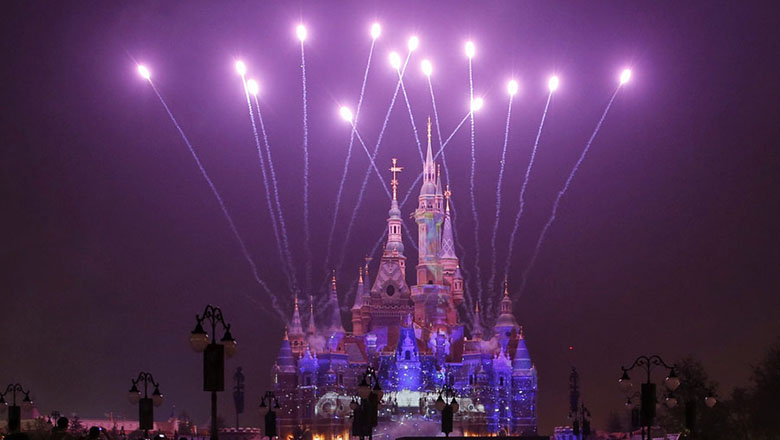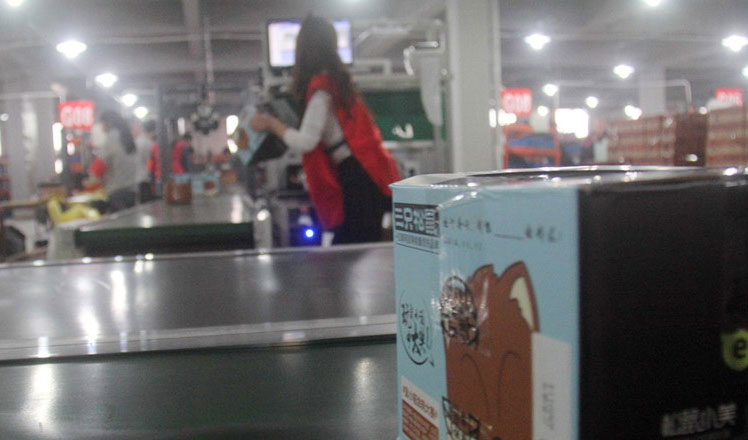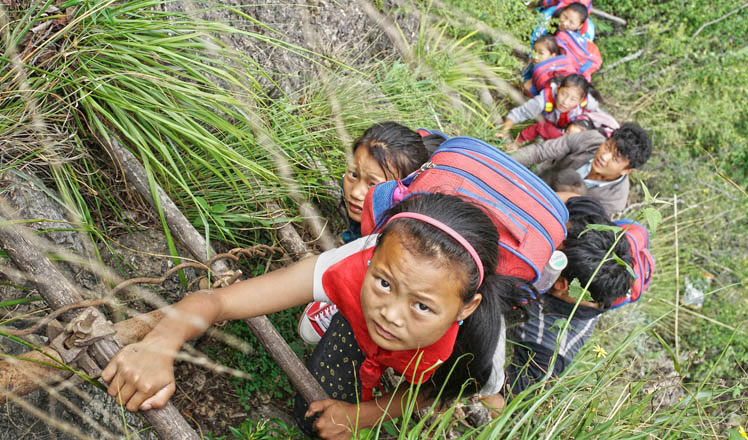Obama leaves worrisome legacy of drone killing
Updated: 2016-05-27 07:50
By Chen Weihua(China Daily)
|
||||||||
 |
|
A sailor is taking part in the fire drill on the Chinese patrol vessel "Haixun 01" on April 8, 2016 in the South China Sea. [Photo/Xinhua] |
As US President Barack Obama completes his second term, the controversial drone strikes he has dramatically escalated will clearly be part of his legacy.
The US military claimed that it launched a drone strike on May 21 that killed Taliban leader Akhtar Mohammad Mansour in a western Pakistan province near the border with Afghanistan. But Pakistan's government was not informed beforehand of the strike that took place on its sovereign territory. Neither was there any information on the others blown up in the vehicle by several US drones.
The US government has been using euphemisms to describe such actions as target killings, rather than assassinations, just like the words "enhanced interrogation" instead of "torture" are used regarding Guantanamo prison detainees held without due process.
While Obama claims that the United States has been the "standard bearer in the conduct of war", the drone strikes have drawn sharp critic is mover their legality and the loss of civilian lives, described in White House euphemism as "collateral damage".
In such a situation, Obama, a lawyer by training, has been making decisions himself as who should be on the kill list. This contrasts sharply to his days as a young senator from Illinois when he criticized such a counterterrorism approach by then-President George W. Bush.
The latest book, The Assassination Complex: Inside the Government's Secret Drone Warfare Program, written by Jeremy Scahill and the staff of The Intercept and published by Simon&Schuster early this month, tells an entirely different story from the one told by Obama and other US government officials.
The book is based on the Drone Papers published by The Intercept last October with numerous secret documents by whistleblowers that detail the inner workings of the US military assassination program in Afghanistan, Yemen and Somalia.
Far from Obama's claims that drone strikes have been carried out with "near certainty", the book shows that some 90 percent of the people decimated in the strikes were not the intended targets.
It might be true that with the emergence of remote-controlled lethal weapons, the US may have saved American lives by not putting boots on the ground, but what is also true is that the cost of civilian lives in those countries from South Asia to the Middle East and North Africa has increased dramatically.
The Intercept papers and book reveal that the strikes personally ordered by Obama could often be based on an intelligence system with many loopholes, and that the US military simply labels unknown people killed in drone assassination as "enemies killed in action".
The publications also reveal that White House standards regarding drone strikes are confusing. For example, the White House policy standards stipulate that lethal force will be used only against targets who pose a "continuing, imminent threat to US persons". It does not fit the situation in Yemen and Somalia, where there was little US presence to justify such action.
The documentary National Bird, released last month, also tells the story of the horrible drone program from the viewpoint of three US whistleblowers, or three US military veterans who participated in the drone warfare but were haunted by the guilt of killing people on foreign soil, people whose faces they could not even see. The prolonged psychological horror suffered by civilian survivors of those drone strikes is also revealed in the documentary.
The White House announced in March that it will release its drone playbook and the number of casualties regarding combatants and civilians. What is clear is that the whole world is watching this legacy of Obama's, while drone technology continues to proliferate fast around the world.
Remember the panic caused in the US when a small amateur drone crash landed last October on the lawn outside the White House?
The author is deputy editor of China Daily USA. chenweihua@chinadailyusa.com
- 2,000 refugees relocated on first day of major police operation
- No sign of EgyptAir plane technical problems before takeoff
- Chinese students at U. of Iowa accused of online cheating
- US Justice Dept. seeks death penalty for South Carolina shooter
- Global health entering new era: WHO chief
- Brazil's planning minister steps aside after recordings revelation

 Fireworks light up Shanghai Disneyland
Fireworks light up Shanghai Disneyland
 VR, robots, mini drones: Highlights of big data expo in Guiyang
VR, robots, mini drones: Highlights of big data expo in Guiyang
 Top 10 saving countries in the world
Top 10 saving countries in the world
 Men vs. Machine: different robots in daily life
Men vs. Machine: different robots in daily life
 Following Alibaba, its online merchants now eye listings
Following Alibaba, its online merchants now eye listings
 Traditional dresses for Yugur women in Northwest China
Traditional dresses for Yugur women in Northwest China
 Students pose for graduation photo with performance
Students pose for graduation photo with performance
 Kids climb vine ladder in 'cliff village' in Sichuan
Kids climb vine ladder in 'cliff village' in Sichuan
Most Viewed
Editor's Picks

|

|

|

|

|

|
Today's Top News
Liang avoids jail in shooting death
China's finance minister addresses ratings downgrade
Duke alumni visit Chinese Embassy
Marriott unlikely to top Anbang offer for Starwood: Observers
Chinese biopharma debuts on Nasdaq
What ends Jeb Bush's White House hopes
Investigation for Nicolas's campaign
Will US-ASEAN meeting be good for region?
US Weekly

|

|









